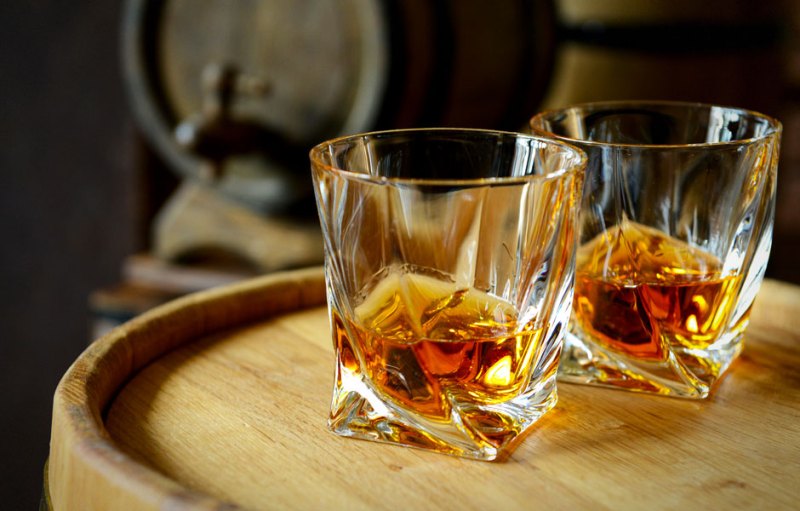
“Eight bolls of malt to Friar John Cor wherewith to make aqua vitae.”
Now before we go on with the history of things, let me explain a bit about volume: a “boll” is an archaic unit of measure equal to 64 pecks (the “peck” being almost defunct itself, of course). A peck is equal to 2 dry gallons of material, usually a foodstuff.

So if we do a bit of math, we see that 8 bolls of malt is in fact equal to 1,024 dry gallons worth of malt, and if we assume it was relatively well compacted, then at the approximate weight of 8 pounds per dry gallon, we can presume the order was for around a bit more than 8,000 pounds of malt. Based on the approximate ratio of malt to mash and mash to distilled whisky, and assuming the final product was watered down to today’s “standard” 80 proof, those “eight bolls of malt” could have made about 790 gallons of aqua vitae. Damn, that’s a lotta hooch.
Anyway, forgive the mathematical digression; back to the history lesson.
That massive malt order was issued by Scotland’s King James IV, who sat on the Scottish throne from 1488 to 1513 and is generally considered to be have been rather good at being king.
King James was also generally known to be quite fond of hard liquor, thus the order for nearly 800 gallons of booze he dispatched to this mysterious John Cor fellow.
Precious little is known about Friar John Cor, and there’s certainly no reliable way to know what he looked like, so instead here’s a picture of some other friar who can’t call us up to complain about the misrepresentation, having been dead for centuries before Alexander Graham Bell even invented phones:

In fact, pretty much all we do know about Friar Cor is that he knew how to make large batches of Scotch whisky. Now at this point, you might be saying to yourself (or shouting drunkenly to all the people on the subway): “Wait a minute, where exactly is this mention of Scotch whisky you keep gum flapping about anyway?”
Ah, it’s all there, my friend, if you unlock the magic of entomology! Er… wait, no that’s bugs. I meant etymology. Right. Onward we go.
The king’s vaunted boll order ends with the words “aqua vitae,” see? That means, of course, “water of life.” But that there is Latin. The way to say “water of life” in Gaelic (dialects of which made their way from Ireland to Scotland, as in fact did the art of distillation itself, if we’re to believe that tale – thank you St. Patrick!) you use the words “usque baugh.” That first word, the one meaning water, is pronounced phonetically as “oos-key.” And it’s pronounced drunkenly as…
…whisky.
So! A Scottish king orders whisky from a Scottish friar. Guess what we got there? We got Scotch, baby.



